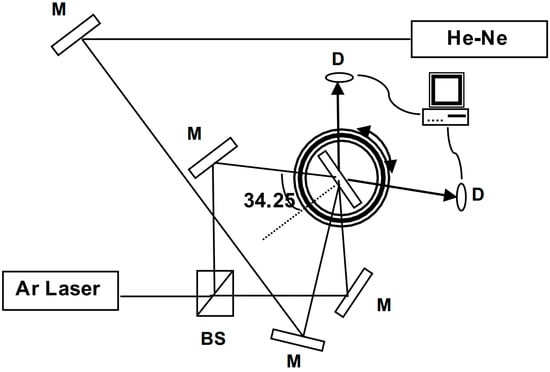Polymers for Electrical and Optical Applications
A topical collection in Polymers (ISSN 2073-4360). This collection belongs to the section "Polymer Applications".
Viewed by 5858Editors
Interests: organic electronics (OPV, OPD, and Perovskite); device physics; nanomaterials (synthesis and characterization); nanomorphology control; nanopatterning; oxide materials; stamping-transfer nanotechnology
Special Issues, Collections and Topics in MDPI journals
Interests: plasmonic nanomaterials; environmental nanomaterials; surface-enhanced Raman scattering (SERS detection); ceramic precursor; ultrahigh temperature ceramic powders
Topical Collection Information
Dear Colleagues,
Since the advent of polymers with advanced electrical and optical properties, polymers have become an appealing material for components of state-of-the-art optoelectronic devices, such as organic or hybrid semiconductor-based electronic devices. Specifically, organic/polymeric materials-based devices have the potential to provide a solution to present energy issues and fulfils our future needs of realizing large surface area, lightweight, and high flexibility through low-cost techniques.
In order to improve the performance of polymer-based solar cells/photodetectors/hybrid applications, many strategies have been introduced such as: (1) synthesizing electron donor and acceptor materials with a wide absorption range; (2) controlling the nano-morphology; (3) efficient buffer layers; (4) flexible conductive electrodes; and (5) development of new device structures and (6) nanotechnologies, etc.
The aim of this topical collection is to highlight the progress and phenomena related to organic electronic devices such as photovoltaic cells, photo-sensors, thin film transistors, and light-emitting diodes, etc. We look forward to your contribution with your recent promising research.
Prof. Dr. Dong Hwan Wang
Dr. Zhulin Huang
Collection Editors
Manuscript Submission Information
Manuscripts should be submitted online at www.mdpi.com by registering and logging in to this website. Once you are registered, click here to go to the submission form. Manuscripts can be submitted until the deadline. All submissions that pass pre-check are peer-reviewed. Accepted papers will be published continuously in the journal (as soon as accepted) and will be listed together on the collection website. Research articles, review articles as well as short communications are invited. For planned papers, a title and short abstract (about 100 words) can be sent to the Editorial Office for announcement on this website.
Submitted manuscripts should not have been published previously, nor be under consideration for publication elsewhere (except conference proceedings papers). All manuscripts are thoroughly refereed through a single-blind peer-review process. A guide for authors and other relevant information for submission of manuscripts is available on the Instructions for Authors page. Polymers is an international peer-reviewed open access semimonthly journal published by MDPI.
Please visit the Instructions for Authors page before submitting a manuscript. The Article Processing Charge (APC) for publication in this open access journal is 2700 CHF (Swiss Francs). Submitted papers should be well formatted and use good English. Authors may use MDPI's English editing service prior to publication or during author revisions.
Keywords
- organic electronic devices
- organic/inorganic and hybrid semiconductor-based device
- synthetic metals and newly designed process
- opto-electronics
- photovoltaic cells
- photo-sensors
- interface control
- nano-morphology
- charge carrier dynamics
- flexible transparent electrode
- SERS-sensors










